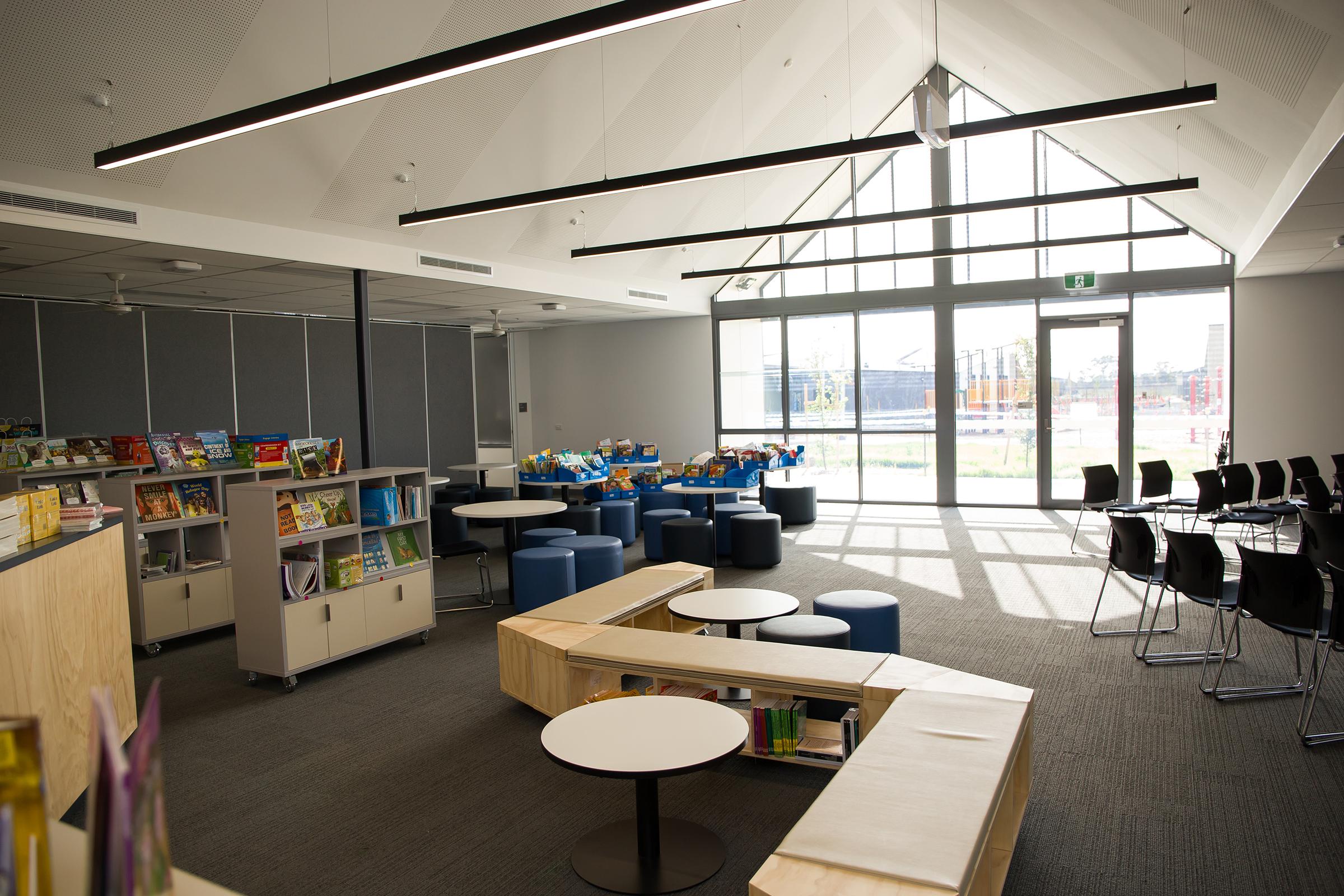Grade 3

Literacy This week, we’ve been learning how to write historical recounts — true stories about important events from the past. One very special story we’ve been exploring is the history of the Aboriginal flag. A historical recount is a type of writing that retells events from the past in the order they happened. It's often about real people, places, or important moments in history, using the following structure: Title A clear heading that tells the reader what the recount is about. Orientation (Beginning)This sets the scene. It answers the who, what, when, and where of the event.
Events in Time Order (Middle)This is the main part. It explains what happened and tells the events in the order they occurred. Use time words like first, then, after that, next, and finally. Reorientation or Conclusion (End)This wraps up the recount. It might tell the importance of the event or how it’s remembered today.
Numeracy We've continued to explore the world of fractions, students have done an amazing job learning how to add like fractions to make one whole. Fractions are parts of a whole — for example, if you cut a pizza into 4 equal slices, each slice is one-fourth, written as 1/4. “Like fractions” have the same denominator, which means the parts are the same size, and when we add them together — like 1/4 + 1/4 + 1/4 + 1/4 = 4/4 — we get 1 whole!
Students used their knowledge of the numerator and denominator to help them to solve these fraction conundrums!
Additional Subjects This week in class, we’ve been digging into the past — just like the miners on the Victorian goldfields! But instead of gold, we’ve been uncovering stories — stories of children who lived during the Victorian Gold Rush in the 1850s.
Can you imagine moving to a dusty tent city with your family, where your classroom might be under a tree or in a tiny wooden hut? Some children helped their families mine for gold or run shops, while others played games with marbles, sticks, or even made their own toys!
Life wasn’t easy — there were long days, crowded camps, and not much clean water — but kids still found ways to have fun, help their families, and learn new things.


